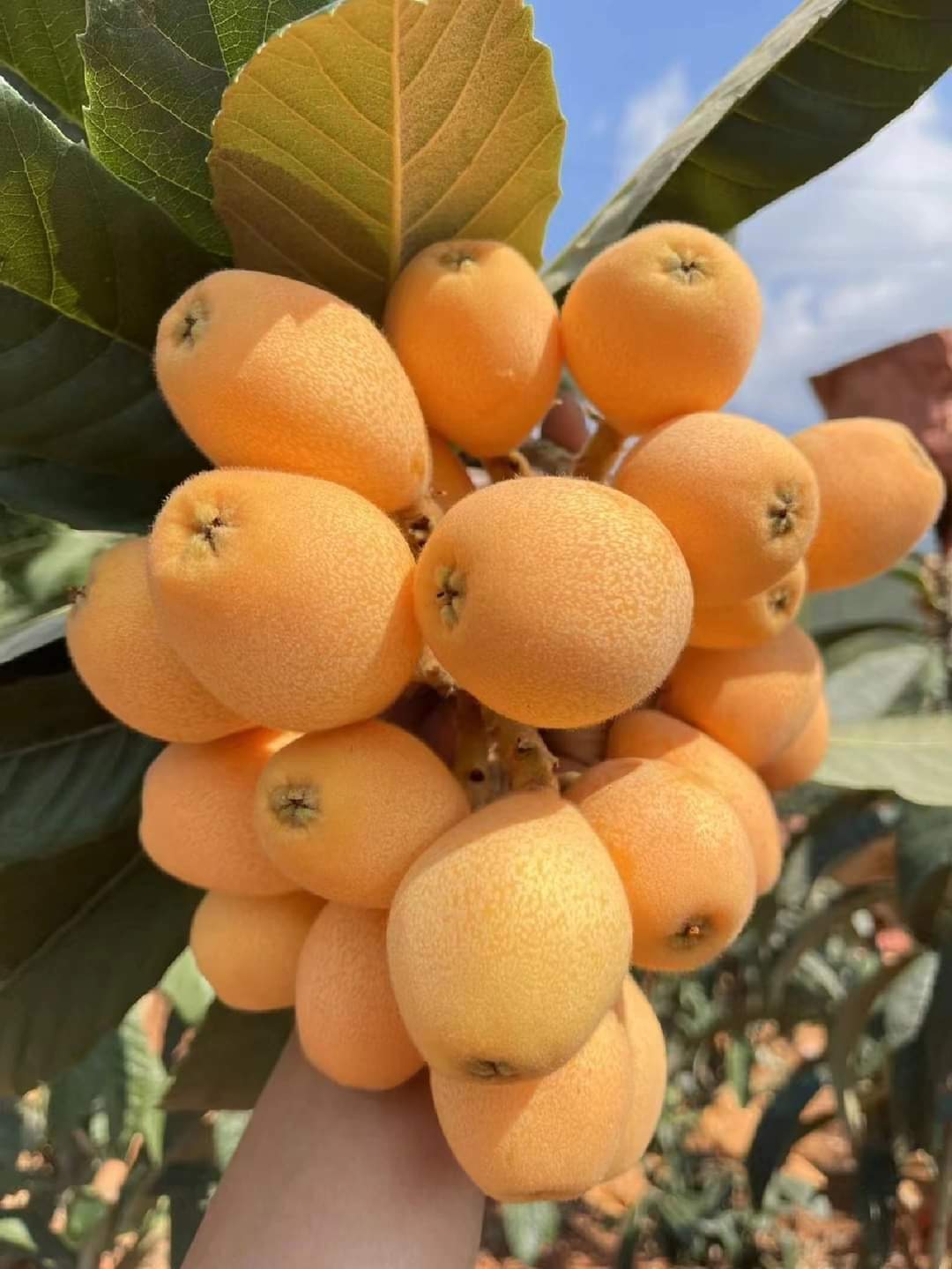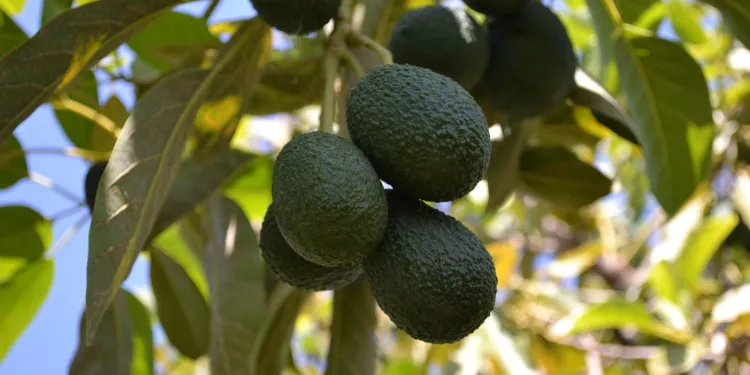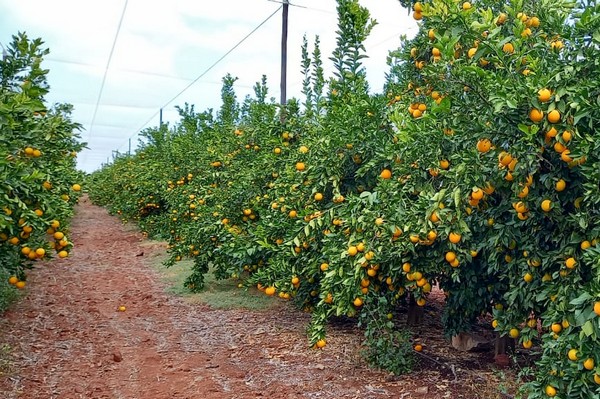Professional Horticultural Consulting (PHC) near George in the Western Cape ventured into commercial strawberry production in 2014, after receiving complaints about the price and quality of strawberry plant material.
“Growers were saying that production wasn’t economically viable, so being a nursery that offers consultancy services, we decided to see for ourselves,” says Dr Gavin Linsley-Noakes, who founded PHC in 2004.
Linsley-Noakes farms alongside Francois Roets, the owner of the nearby Groeneweide Farm.
The experiment has been so successful that production has expanded to two other farms, Brandwag Farm near Mossel Bay, and Waboomskraal, between Oudtshoorn and George, bringing their total area under strawberries to 36ha.

In the process, the company has become one of the largest strawberry exporters in South Africa, with about a quarter of its annual 1 000t of production airfreighted to countries in the Middle and Far East, Indian Ocean islands and Africa.
“The only thing I regret about our business is that we didn’t venture into commercial strawberry production earlier,” says Linsley-Noakes.
Motivated employees
Good labour practice is one of the pillars of PHC’s success. “Strawberry production is extremely labour- and time-sensitive, so a strawberry business is really only as good as its employees,” says Linsley-Noakes.
“Fruit has to be picked and shipped at the right time, and should be chilled as soon as possible, with every hour in delay resulting in up to a day’s loss in shelf life.”
PHC Berries incentivises good workmanship by paying the minimum wage with maximum bonuses, and ensuring that workers are trained for their positions as well as being suited for them.
Employees who work all their shifts receive a day’s extra pay for every week they work over the festive period, and any packer who finds a bollworm on a strawberry is rewarded R20 on the spot.
The farm employs about 400 people every season.
Linsley-Noakes says that any form of dissatisfaction is addressed as soon as possible, and great care is taken to ensure that workers are paid correctly and on time.
Varieties
The availability of modern day-neutral varieties, such as Cabrillo, Albion, San Andreas and Monterrey, has enabled smaller players to become more competitive. Day-neutral varieties set fruit continuously throughout the growing season, rather than ripening all at once.
This enables farmers to provide a steady supply of produce.
Long-day varieties have also altered the dynamics of production.
“The industry is dominated by four producers, whose market share has declined from about 80% to 60% since the release of long-day varieties 10 years ago.
“These varieties allow producers in areas like George to supply the market from November to May, when there’s a shortage of strawberries,” says Linsley-Noakes.
January is not the optimal month to supply the South African market, as prices during this period are driven down by the glut of other summer fruit.
Demand for berries has grown as a result of consumers becoming more health-conscious. To maintain their brand identity, almost all of PHC’s berries are sold under the Garden of Eden Berries label.
“The value of branding cannot be underestimated. We were able to continue exporting to the Middle East this season, despite cheap strawberries being available from Egypt. The market was willing to pay a premium for our berries because they’re associated with exceptional quality.”
Fertilisation
According to Linsley-Noakes, the main difference between an average and a good strawberry producer is his or her ability to supply the plant with the right volume of water and feed at the right time.
“People often ask me for a management recipe, but production is greatly influenced by the weather, soil conditions and the cultivar produced. Farmers have to ‘read’ the plant to guide their management practices, something achieved through plant observation, leaf samples and Brix analysis,” he says.
PHC uses open hydroponics principles.
“Our plants are produced in the soil, without plastic covers. Soil produces healthier berries as it contains trace elements and other nutrients that can’t be supplied in hydroponic systems,” he says.
PHC uses a premixed solution of soluble beneficial microbes, enzymes and other beneficial compounds to boost biodiversity in the soil and improve soil health.
While the premixed solution contains fulvic acid, this organic compound is also added to foliar feeds as it helps improve nutrient uptake and strengthen plant immunity.
The soil is analysed to rectify nutrient imbalances before the plugs are planted. In addition to looking at nutritional shortages, Linsley-Noakes examines the relationship of the nutrients to one another. Calcium, for example, should ideally make up beween 70% and 75% of the cation exchange capacity, while magnesium should make up 15% to 20%, potassium 4% to 6%, and sodium less than 1%.
He usually adds an extra ton of gypsum per hectare above recommended lime requirements as this raises the available calcium without affecting the pH, and also leaches excess sodium.
Fertilisation is started at 50% dosage a day or two after the plugs have been planted.
“The fertiliser mix will depend on the variety, soil fertility and pre-plant organics, with the main emphasis on root and leaf growth during the first stage of production,” says Linsley-Noakes.
Nitrogen is applied with every irrigation at a ratio of between 100 and 120 parts per million until the plants reach 70% of the required size on sandy soil and 60% of the required size on loam soil. Calcium nitrate is the preferred nitrogen source as it also adds calcium to the mix.
“If new leaves grow bigger than the previous ones and more than one leaf emerges from the crown per week, the plants are receiving too much nitrogen. If the new leaves are smaller, it’s a sign that they’re getting too little nitrogen.
“Problems with fruit size are usually an indication of an undersupply of potassium.”
Foliar sprays are used to address plant deficiencies that might take too long to address during fertigation. In winter, for example, cold soils inhibit nitrogen uptake, so the team uses a foliar spray containing potassium nitrate, which will raise both nitrogen and potassium levels.
Brix levels are measured weekly to analyse sugar levels, using the same location and time of day unless the weather is inclement. Linsley-Noakes aims for 9% to 11% Brix before berry formation, and tries to keep it above 7% during production.
The future
The company aims to increase its export percentage from 25% to between 35% and 40%, and is already expanding production to meet this goal.
Last year, it introduced the first 1kg pressed-wood box for export markets, in line with the worldwide anti-plastic movement.
PHC will supply more than 11 million plugs to the market in the coming season.
To enhance its competitive edge, the company last year acquired a Scandinavian paper cell-growing medium filler machine, which they claim will enable it to become the first strawberry nursery in South Africa to sell plugs in biodegradable paper.
“The technology allows farmers to plant the plugs without removing the paper, which will reduce plug losses by 10% to 15%,” Linsley-Noakes says.
Email PHC Berries at liezel@phcberries.co.za. Visit phcstrawberries.co.za





